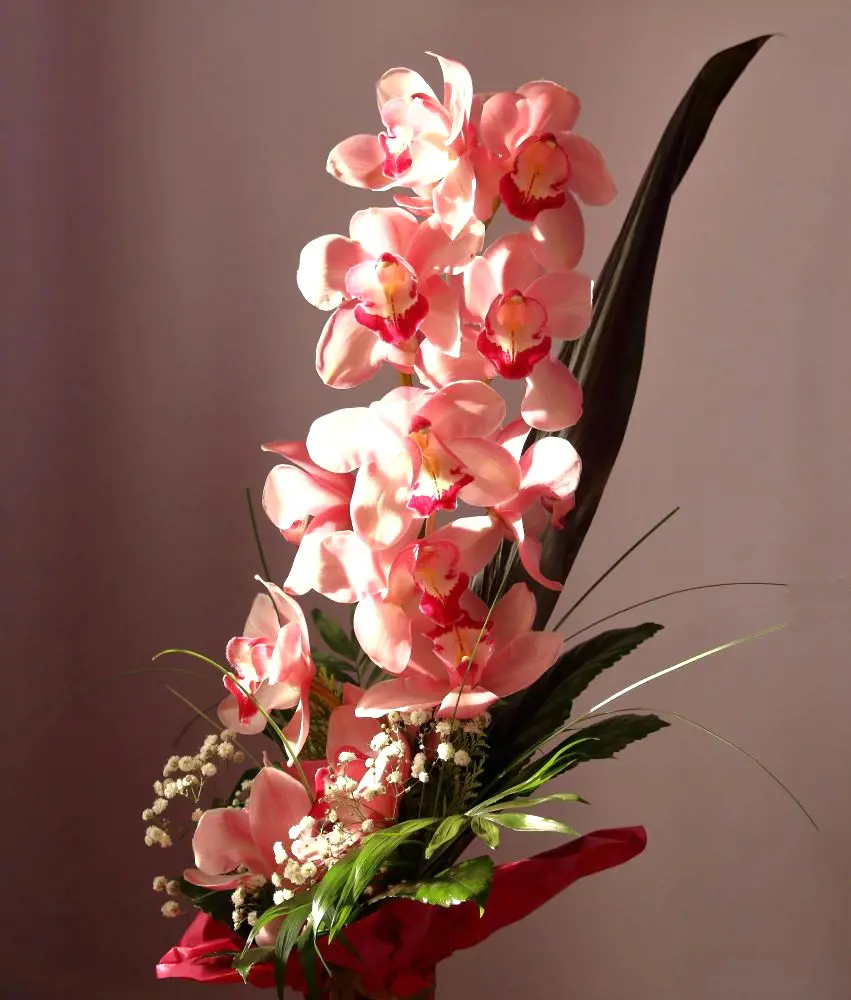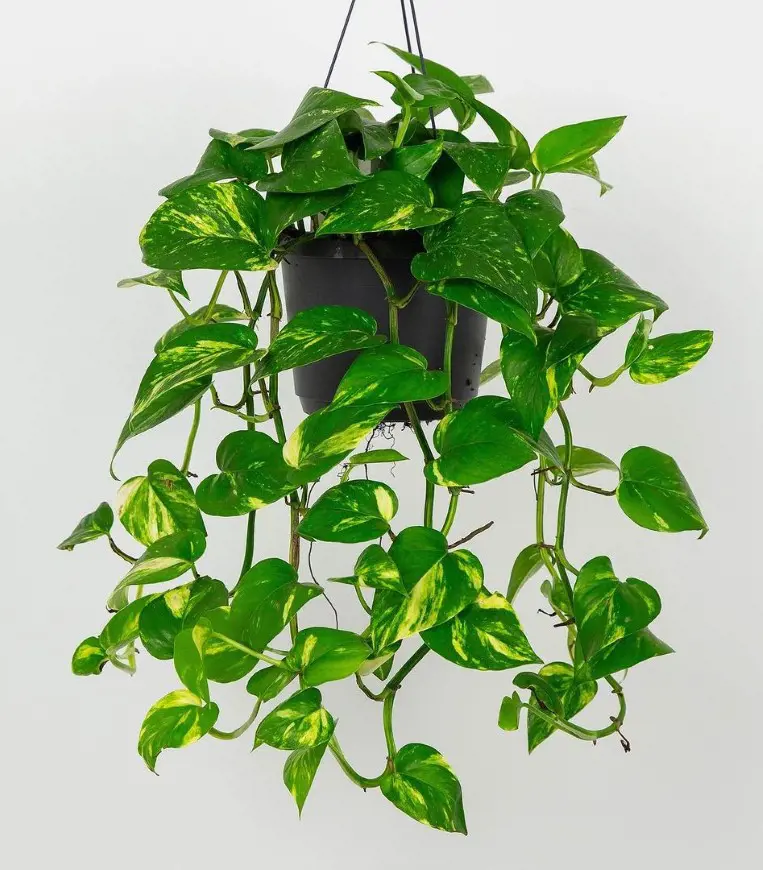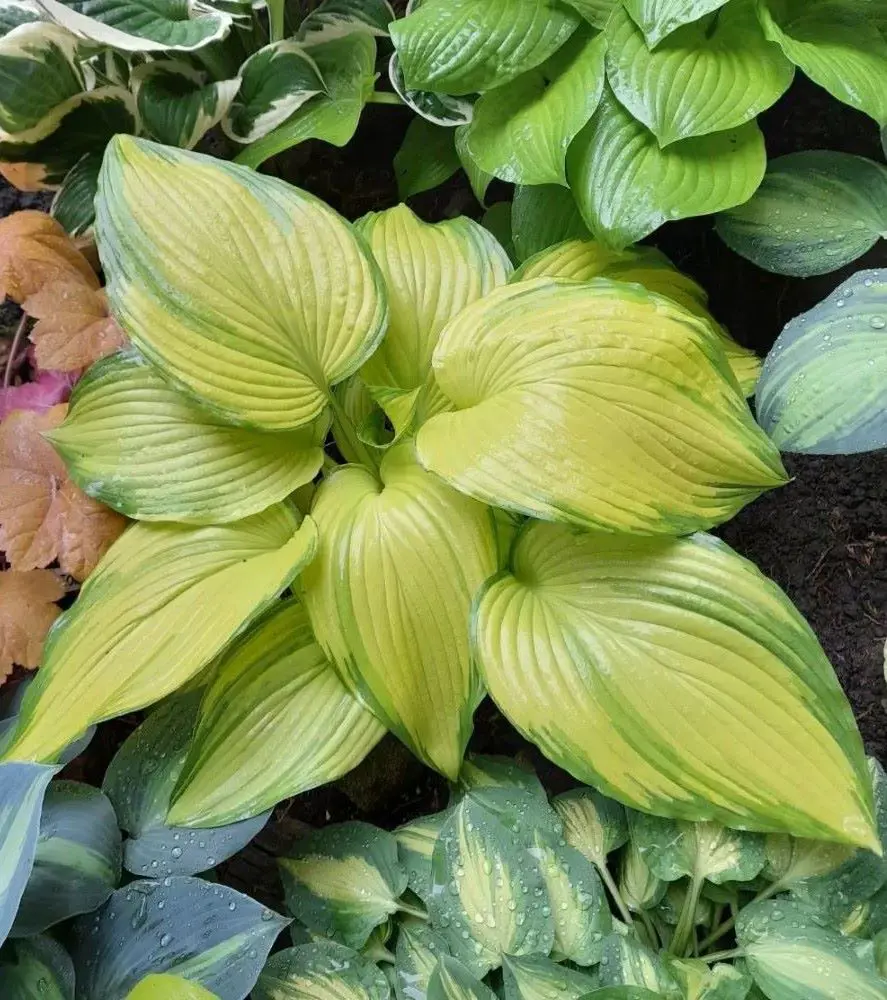How To Grow And Care For Bee Balm Plant

This post may contain affiliate links. If you make a purchase through links on our site, we may earn a commission.
Bee Balm is a North American native plant that erupts with captivating clusters of red, pink and white flowers. As its name suggests, these plants are the favorite nectar pots for bees.
These perennial plants have aromatic leaves that add a delightful lemony touch to the air. Also, historically Bee Balm leaves have even been used for medicinal purposes.
Bee Balm Plant Overview
| Common Name | Bee Balm Plant |
| Botanical Name | Monarda |
| Plant Family | Lamiaceae (Mint family) |
| Plant Type | Perennial herbaceous plant |
| Sunlight Requirement | Full sun to partial shade |
| Soil Type/pH | Well-draining soil, pH range of 6.0-6.7 |
| Growing Season | Spring and summer |
| USDA Growing Zone | Zones 3 to 9 |
| Height | Commonly between 2 to 4 feet |
| Native Area | North America |
Bee Balm Plant Care

Growing and taking care of bee balm in your garden is simple. It's an excellent option for people who want to bring wildlife to their gardens. Plus, you get to enjoy the beautiful bright flowers for bees and butterflies. Here are the things to consider while taking care of them.
Light
For optimal development and abundant flower production, it is ideal to provide full sun exposure, equivalent to 6-8 hours daily. This ensures the plant receives the necessary energy for photosynthesis and overall health.
However, the plant exhibits adaptability, tolerating partial shade, although flowering may be less prolific, and the plant might develop elongated stems (leggy).
Soil
Well-draining soil is paramount to prevent root rot, ensuring oxygen reaches the roots. The ideal pH range lies between slightly acidic to neutral (6.0-6.7), promoting nutrient availability.
Enhancing fertility by incorporating organic matter such as compost or manure not only augments nutrient content but also improves drainage. This combination creates an optimal soil environment, safeguarding against waterlogged conditions while supplying essential nutrients.
Water
Watering when the top inch of soil is dry ensures hydration without promoting waterlogged conditions. Bee balm is sensitive to excessive moisture, so avoiding overwatering is essential to prevent root issues.
To enhance water retention and regulate soil temperature, mulching is recommended.
Temperature
It can handle moderate weather but can handle both heat and cold, so it's great for different climates. However, if there's going to be super chilly frost or scorching heatwaves, it's good to give your plant some temporary protection.
Humidity
Bee balm does not require specific humidity levels, but good air circulation is a must. If things get too humid, bee balm might face problems like powdery mildew. So, it's smart to give each plant some space, like friends at a party, to allow air to flow freely.
Fertilizer
For healthy plant growth, choose a balanced, all-purpose fertilizer for spring. Don't go overboard, as too much fertilizer can lead to too many leaves and fewer flowers. Try organic options like compost tea or aged manure for a natural boost.
Pruning
Pinch back new growth to make them bushier and more robust. Keep those blooms coming by snipping off spent flowers during the season.
As winter approaches, give your plants a trim, cutting back stems a few inches above the ground for a tidy look. If your bee balm gets crowded every few years, divide the clumps to keep them healthy and vibrant.
Winter Care
Shielding your bee balm plant from winter conditions is crucial for its survival. Follow these steps to protect it:
- Mulching: Apply a thick layer of mulch around the base of the plant in late fall. This helps insulate the soil, regulate temperature, and prevent frost heaving.
- Cutback: Trim the bee balm stems to a few inches above the ground after the first hard frost. This removes dead foliage and encourages healthy regrowth in spring.
- Windbreaks: If possible, plant bee balm near structures or other plants to provide a natural windbreak, reducing the impact of harsh winter winds.
- Protective Coverings: Cover the plant with burlap or a breathable fabric to shield it from extreme cold and dry winds.
- Potted Bee Balm: If in a pot, move it to a sheltered location, like a garage, to protect the roots from freezing temperatures.
Pests and Diseases Control

These plants sometimes face small bug troubles, but the main issue is a fungal disease called powdery mildew. It looks like a powdery grayish-white coating on the leaves and can make them fall off early. This happens more when plants are too close, in the shade, or stressed from lack of water.
To tackle this, plant Bee Balms in sunny spots, give them space, divide them every few years, and water them in dry times. Clean up and get rid of any sick plant bits in the fall. Powdery mildew survives in winter on these bits, so removing them stops the issue next year.
Issues With Bee Balm
While bee balm is a hardy and generally low-maintenance plant, it can sometimes encounter certain problems. Here are some common issues you might face with bee balm:
Root Rot
- Problem: Overly wet or poorly drained soil can lead to root rot, causing wilting and decay of the plant's roots.
- Solution: Ensure well-draining soil and avoid overwatering. Plant bee balm in raised beds if the soil tends to stay soggy. Also, water in the morning to allow excess moisture to evaporate during the day.
Aphid Infestation
- Problem: Aphids can sometimes feed on the tender new growth of bee balm, causing distortion and discoloration of the leaves.
- Solution: Introduce natural predators like ladybugs or use insecticidal soap to control aphid populations.
Spider Mites
- Problem: Spider mites may cause stippling, yellowing, and webbing on the undersides of leaves.
- Solution: Keep the plants well-hydrated as spider mites thrive in dry conditions. Insecticidal soap or neem oil can be effective against spider mites. Prune and dispose of heavily infested plant parts.
Lack of Flowering
- Problem: Sometimes, bee balm may not produce as many flowers as expected.
- Solution: Ensure that the plant receives adequate sunlight. Fertilize with a balanced, slow-release fertilizer in spring. Deadheads spent flowers to encourage continuous blooming.
Propagating Bee Balm

Propagating Bee Balm offers an opportunity to expand your garden. While root divisions are the primary method, you can also propagate it from stem cuttings. Simply snip healthy stems and place them in a pot, ensuring the soil remains consistently moist until roots develop.
Position the pot indoors in a well-lit area, avoiding direct sunlight. Boost humidity by covering the pot with a plastic bag during the rooting phase, typically taking a few weeks.
Once roots are established, transition the potted plants outdoors for acclimatization. Choose a suitable garden location and transplant them, ensuring they receive proper sunlight.
With a little care, these propagated plants will thrive, adding beauty to your outdoor space and attracting pollinators with their enticing fragrance.
Potting and Repotting Bee Balm

Potting and repotting bee balm plants involves careful consideration for their well-being. When potting, select a container with good drainage, fill it with well-draining soil, and plant the bee balm at the same depth as it was in its previous container.
Repotting is necessary when the plant outgrows its current container or shows signs of decline. Gently remove the plant, inspect the roots, trim if necessary, and transfer to a larger pot with fresh soil. Water generously after repotting, and monitor the plant's health. Proper potting and repotting practices ensure optimal growth and longevity for bee balm plants.
Bee Balm Types
There are several types of bee balm plants, each with its own unique characteristics. Here are some popular varieties:
1. Monarda didyma (Scarlet Bee Balm): This is perhaps the most well-known and widely cultivated variety. It features striking red or scarlet tubular flowers and has a strong, pleasant fragrance. Scarlet bee balm is attractive to bees, butterflies, and hummingbirds.
2. Monarda fistulosa (Wild Bergamot): Also known as wild bergamot, this variety has lavender to pinkish-purple flowers and is native to North America. Wild bergamot is valued for its medicinal properties and is often used in herbal teas.
3. Monarda citriodora (Lemon Bee Balm): As the name suggests, this type of bee balm has a lemony fragrance. It features pale lavender to pink flowers and is commonly used for its aromatic leaves in teas and potpourris.
4. Monarda punctata (Spotted Bee Balm): This variety has distinctive spotted bracts surrounding its pale yellow to lavender flowers. Spotted bee balm is native to eastern North America and attracts a variety of pollinators.
5. Monarda bradburiana (Eastern Bee Balm): Native to the central and southeastern United States, this species has lavender to pink flowers and is known for its resistance to powdery mildew, a common issue with some bee balm varieties.
6. Monarda lutea (Yellow Bee Balm): This species is characterized by its pale yellow flowers and is native to the southeastern United States. It's an excellent choice for attracting pollinators to the garden.
7. Monarda 'Jacob Cline': This cultivar is a specific variety of Monarda didyma and is prized for its intense red flowers. 'Jacob Cline' is known for its resistance to mildew and its ability to attract hummingbirds.
How Does Bee Balm Bloom

Bee balm is known for its vibrant and attractive blooms. These plants produce showy, tubular flowers in various colors, including shades of pink, red, purple, and lavender. The distinctive tubular shape of the flowers is particularly appealing to pollinators like bees and butterflies, hence the name "bee balm."
How Long Does Bee Balm Bloom?
Bee balm typically blooms for several weeks in late spring to early summer, providing a burst of vibrant color. The exact duration varies based on the specific variety, climate, and growing conditions. Regular deadheading, or removing spent flowers, can extend the blooming period.
Appearance And Fragrance Of Bee Balm Flowers
Bee balm flowers have tubular shapes with petals forming a crown-like structure. They come in various colors, including pink, red, purple, and lavender. The blooms are visually striking and emit a pleasant fragrance, often described as a mix of citrus and mint.
Recent posts
Plant Care
Plant Care
How To Take Care Of An Orchid Plant? 11 Tips And Tricks
If you love gorgeous orchids but are worried they're too high-maintenance, don't worry. This guide is like a cheat sheet for orchid newbies. Forget fancy words and confusing schedules — we're talking about how to take care of an orchid pla...
Plant Care
How To Grow and Care For Peace Lily Plant
The Peace Lily is an indoor plant that is most valued for its beautiful and shiny green leaves as well as the white blooms. Hard and tolerant, it’s naturally a low-maintenance addition to your plant collection. If you are confused, let us tell ...
Plant Care
Pothos Plant Care And Growing Guide
Adding a Pothos plant (Devil’s Ivy) to your home benefits the environment and aesthetic of your personal space. It's easy to maintain and is loved for it's ability to enhance indoor air quality by removing toxins like formaldehyde, benzene, and...
Plant Care
Snake Plant Care and Growing Guide
Snake plants require low maintenance, and low light and are almost impossible to kill, making them a perfect plant for beginners and seasoned gardeners. In this guide, we will explore essential care tips and optimal growing conditions for snake plant...
Plant Care
How To Plant, Grow and Care Majesty Palm
The majestic palm, scientifically known as Ravenea rivularis, makes for a stunning indoor tree with its lush and grand fronds. Originating from Madagascar's river banks, this resilient houseplant is cherished not only for its beauty but also for its ...
Plant Care
How To Grow And Care For A Hosta Plant
Hosta plants are widespread perennials, often grown for their beautiful and diverse foliage. They are extremely easy to care for and can thrive in various conditions, particularly shade or semi-shade. These hardy plants can last for many years and re...







